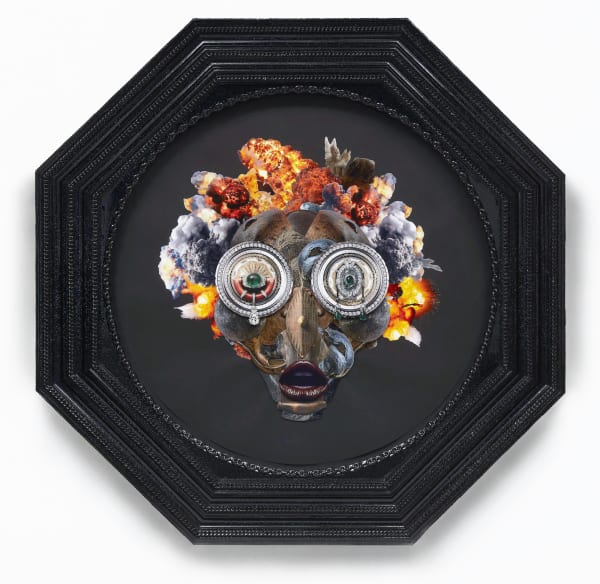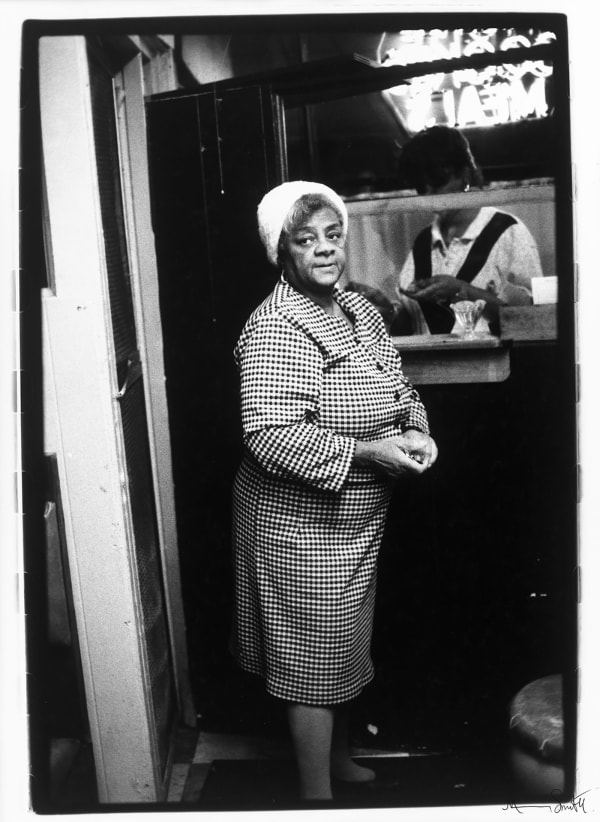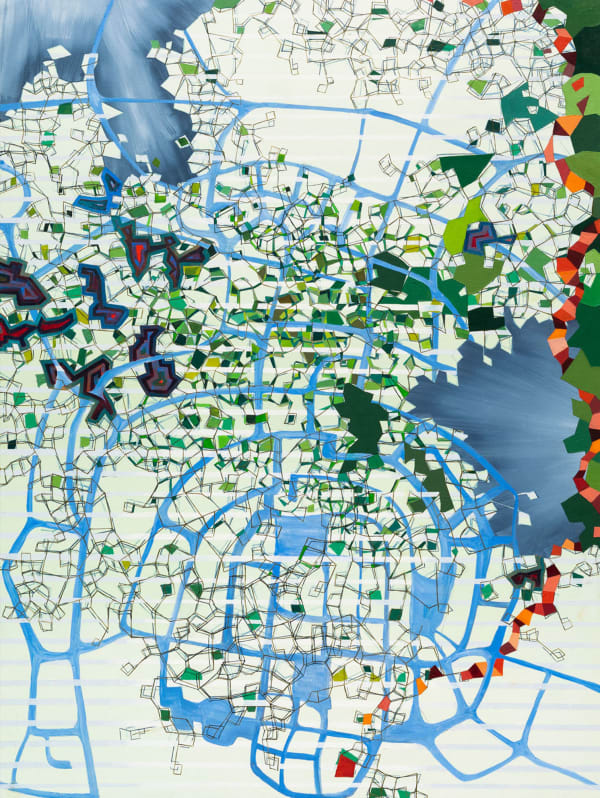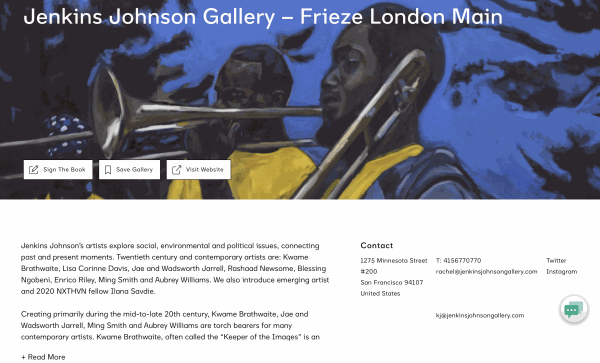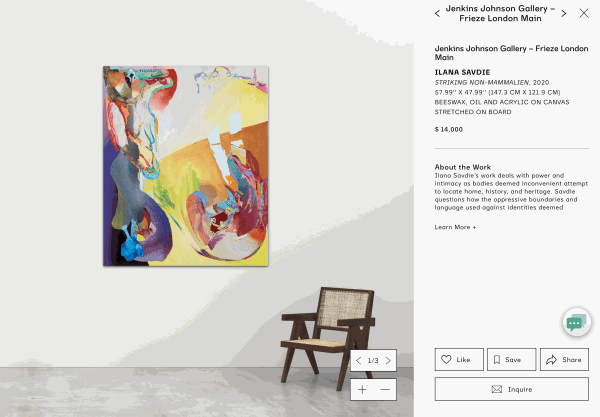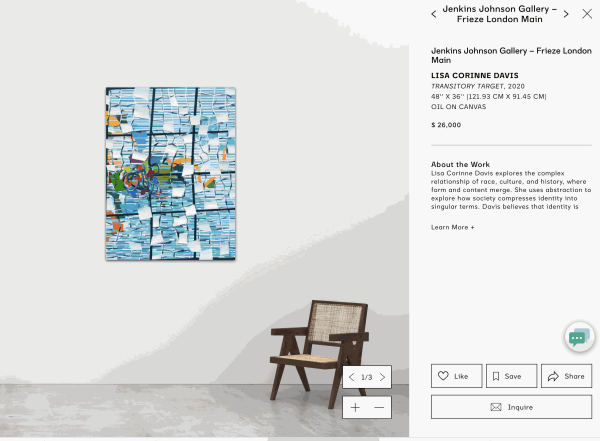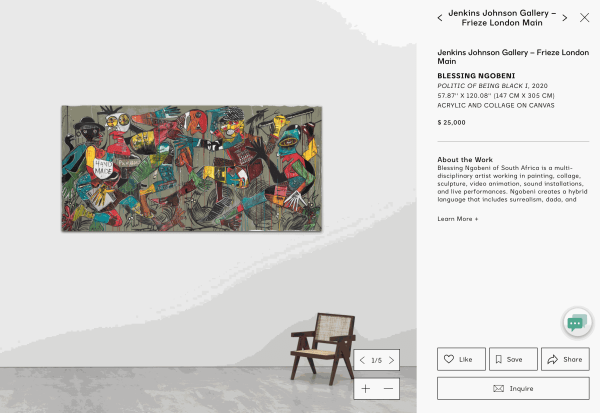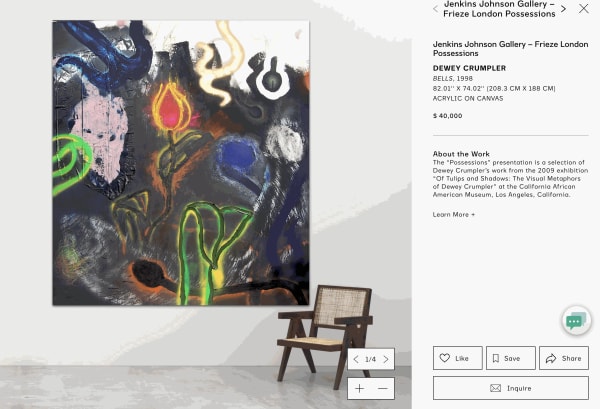Jenkins Johnson’s artists explore social, environmental and political issues, connecting past and present moments. Twentieth century and contemporary artists are: Kwame Brathwaite, Lisa Corrine Davis, Jae and Wadsworth Jarrell, Rashaad Newsome, Blessing Ngobeni, Enrico Riley, Ming Smith and Aubrey Williams. We also introduce emerging artist and 2020 NXTHVN fellow Ilana Savdie.
Creating primarily during the mid-to-late 20th century, Kwame Brathwaite, Jae and Wadsworth Jarrell, Ming Smith and Aubrey Williams are torch bearers for many contemporary artists. Kwame Brathwaite, often called the “Keeper of the Images” is an artist-activist who cofounded the African Jazz-Art Society & Studios. His directive was “Black Is Beautiful.” His photographs are powerful images of the shared Black experiences spanning the Civil Rights Era and the Black Arts Movement to the late 20th century. Similarly, the Jarrells, founding members of AfriCOBRA, also create and define the aesthetic of the Black Arts Movement, exalting Black families and culture. Photographer and painter Ming Smith beautifully creates ethereal documents on Black life. Finally, Aubrey Williams, a key post-war painter in Britain and a founding member of the 1960s Caribbean Artists Movement, blends representational aspects into his abstract paintings, uniting cultural references ranging from astronomy and ecology to pre-Columbia iconography and music. These artists bring strength and hope to the next generation of artists.
Contemporary artist Lisa Corrine Davis uses abstraction as a way to explore race, culture and history. Rashaad Newsome’s new-cubist collages draw on advertisements, the Internet, and Black and Queer culture to produce narrative on intersectionality and social practice. Blessing Ngobeni of South Africa, uses a hybrid language that includes elements of Surrealism, Dada and Neo-Expressionism to create large-scale, mixed media paintings condemning the country’s political and social elite. Guggenheim fellow Enrico Riley’s new body of work expands and focuses on the rich and complex traditions of African American music. Emerging artist and 2020 NXTHN fellow, Ilana Savdie’s work questions how the oppressive boundaries and language used against identities deemed invasive, impure, unworthy, and perverse can be subverted to celebrate and empower.
Dewey Crumpler explores the energetic power of the tulip, its interior and spiritual space in Zoe Whitley’s “Possession” exhibition for Frieze London. On a trip to Amsterdam he was inspired by the fields of tulips, and the singularity of each flower as a full embodiment of “tulip”. Crumpler recognized in the tulip form a vehicle for expression that touched him deeply, its qualities perfectly unified with his conceptual and sympathetic base: “The tulip permitted me to have a form that could translate the sort of emotional quality that lay at the base of my interest in painting. It could express, had the power to grip, could be erotic and ominous simultaneously. This form permitted me to go right for the force of nature I was interested in.”

